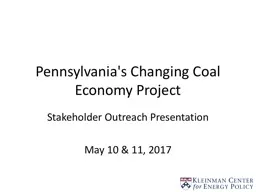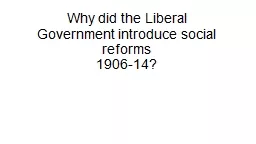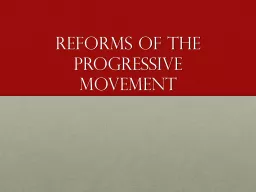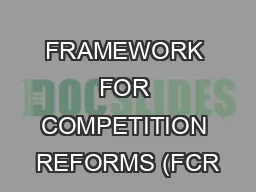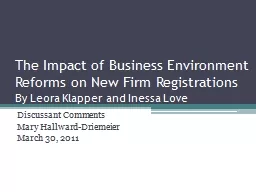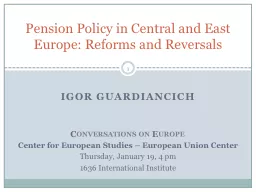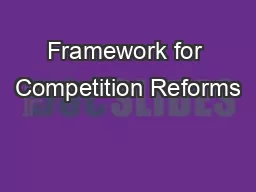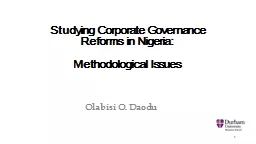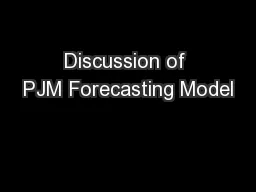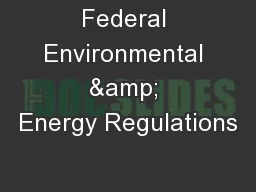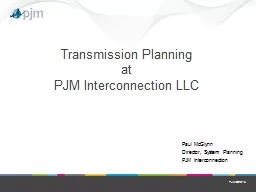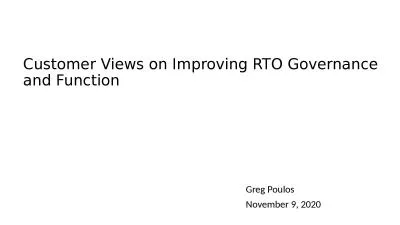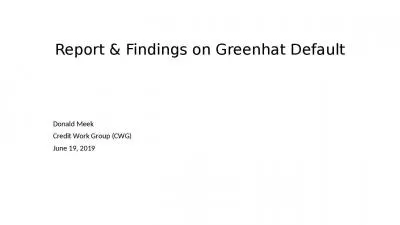PPT-PJM Governance: Can Reforms Improve Outcomes?
Author : briana-ranney | Published Date : 2018-12-17
NASUCA Annual Meeting November 14 2017 Christina Simeone Director of Policy and External Affairs About Us Kleinman Center for Energy Policy Alumnifunded center at
Presentation Embed Code
Download Presentation
Download Presentation The PPT/PDF document "PJM Governance: Can Reforms Improve Outc..." is the property of its rightful owner. Permission is granted to download and print the materials on this website for personal, non-commercial use only, and to display it on your personal computer provided you do not modify the materials and that you retain all copyright notices contained in the materials. By downloading content from our website, you accept the terms of this agreement.
PJM Governance: Can Reforms Improve Outcomes?: Transcript
Download Rules Of Document
"PJM Governance: Can Reforms Improve Outcomes?"The content belongs to its owner. You may download and print it for personal use, without modification, and keep all copyright notices. By downloading, you agree to these terms.
Related Documents

